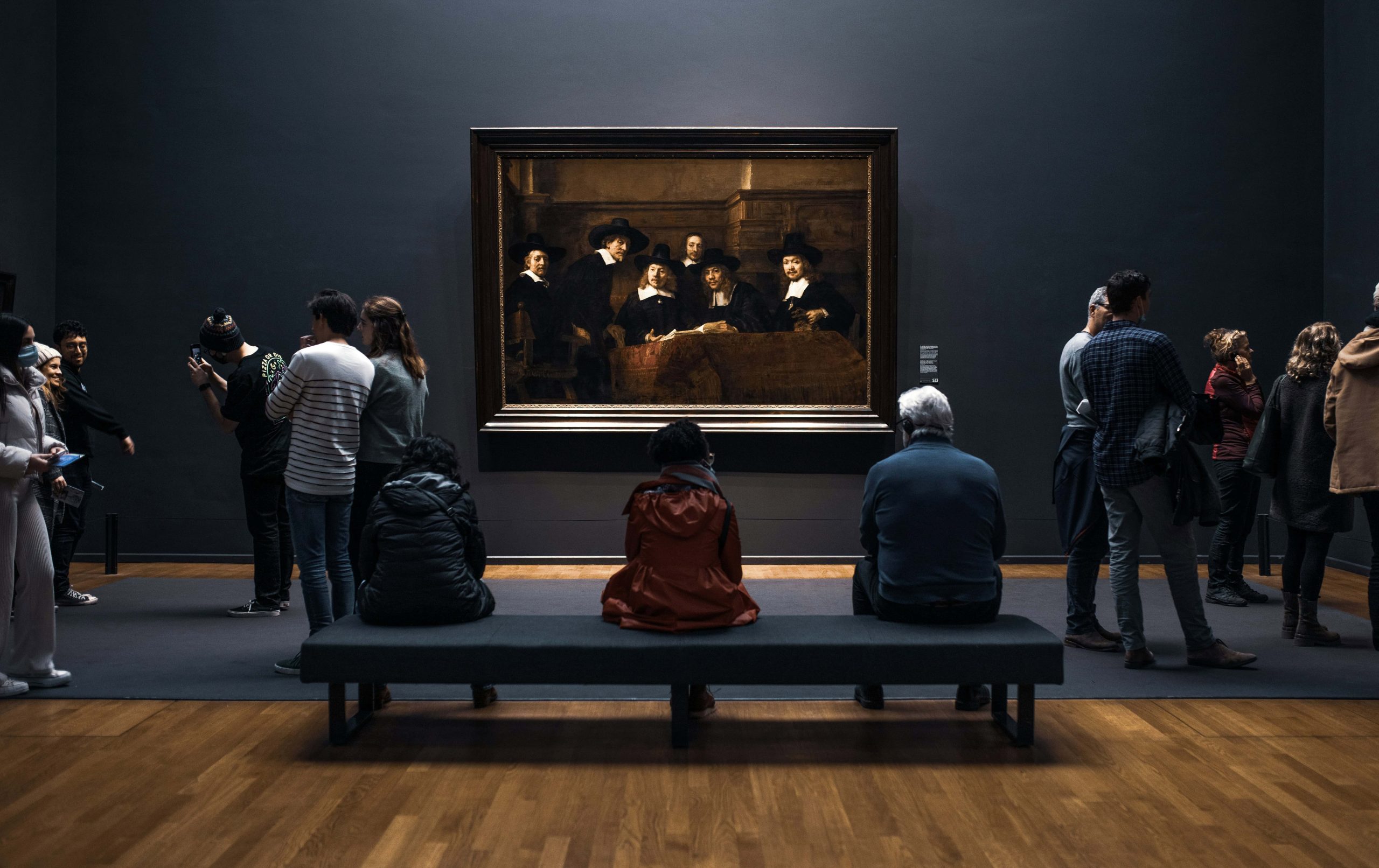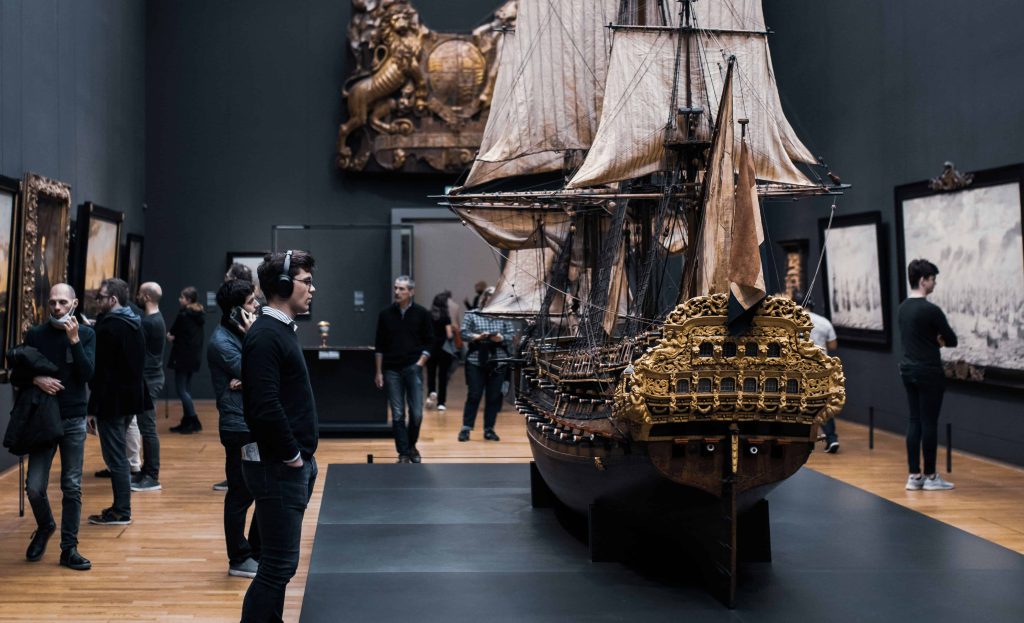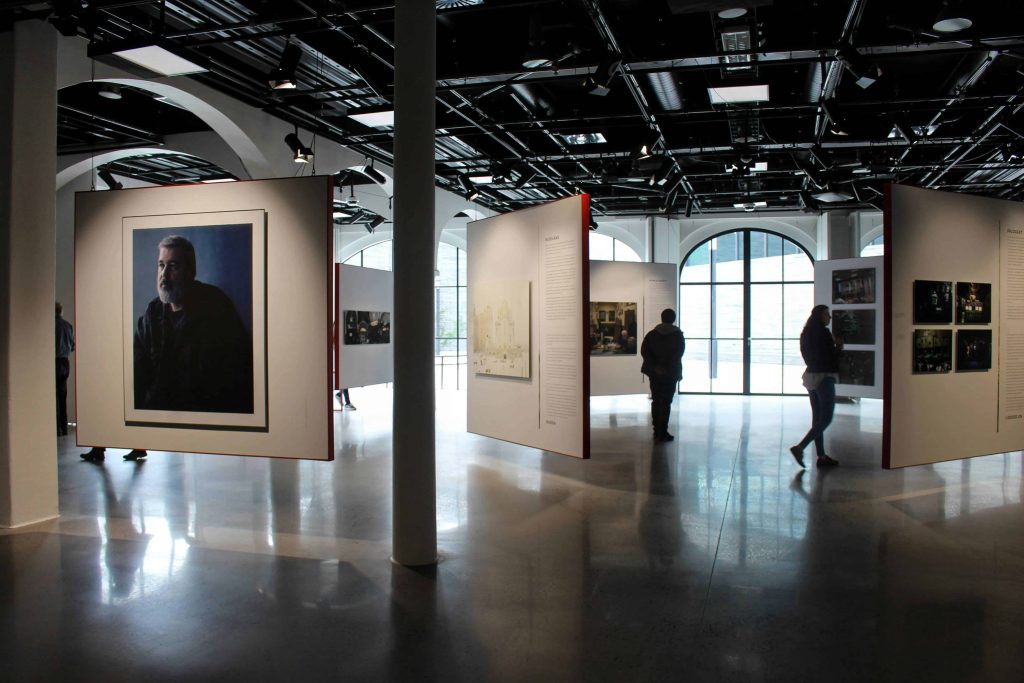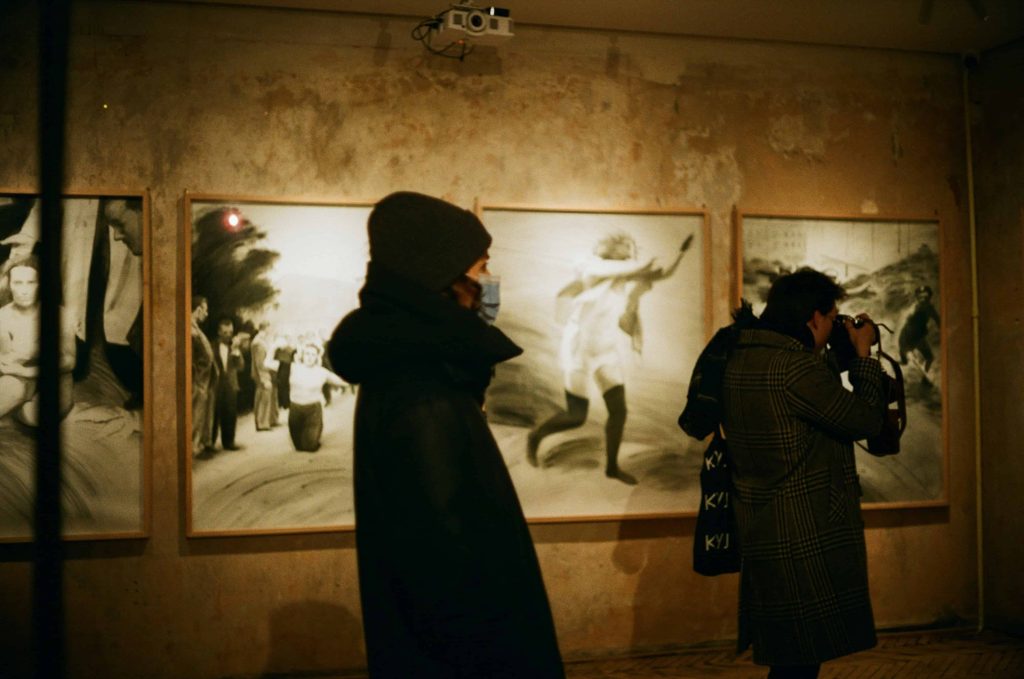
07 Jun Creating an Inclusive Art Exhibition
Creating an Inclusive Art Exhibition: Promoting Diversity and Accessibility
Art has the power to unite, inspire, and provoke thought. Yet, for too long, many individuals have been excluded from fully experiencing the beauty and significance of art due to barriers like physical limitations, sensory impairments, or cultural differences. In this article, we explore the importance of inclusivity in art exhibitions and provide practical tips for curating an inclusive and accessible art experience that welcomes all.
Inclusivity lies at the heart of a thriving artistic community. When art exhibitions embrace diversity and accessibility, they not only enrich the cultural landscape but also foster a sense of belonging for individuals from all walks of life. By creating inclusive art experiences, we open doors to creativity, empathy, and understanding.

Curating for Inclusivity
Diversity in Artists
To create an inclusive art exhibition, curators should strive to showcase a diverse array of artists representing various backgrounds, cultures, and perspectives. By featuring both established and emerging artists, we celebrate the richness of human experience and provide opportunities for marginalized voices to be heard.
Diversity in Art Forms
Inclusive art exhibitions should encompass a wide range of artistic expressions, including sculpture, painting, performance art, and new media. Incorporating interactive elements not only enhances visitor engagement but also ensures that individuals with different learning styles and preferences can participate and connect with the artwork on display.

Accessibility Features
Physical Accessibility
Ensuring the venue is physically accessible is paramount. From wheelchair ramps to accessible restrooms, every aspect of the exhibition space should be designed with inclusivity in mind. Clear signage and wayfinding aids further enhance the experience for visitors with mobility challenges, allowing them to navigate the exhibition with ease.
Sensory Accessibility
In addition to physical accommodations, sensory accessibility is crucial for individuals with visual or auditory impairments. Tactile exhibits provide tactile experiences for visitors with visual impairments, while audio descriptions of artworks offer valuable context and insight. Incorporating elements that cater to different sensory needs, such as adjustable lighting or quiet zones, can further enhance the experience for all visitors.

Additional Considerations
In addition to physical and sensory accommodations, there are several other considerations to ensure inclusivity:
- Multilingual labels and descriptions for artworks promote accessibility for non-native speakers and individuals with language barriers.
- Offering sensory-friendly hours with reduced crowds and noise provides a more comfortable experience for visitors with sensory sensitivities.
- Training staff on disability etiquette and inclusivity practices ensures that all visitors feel welcome and supported throughout their visit.
Conclusion
In conclusion, fostering inclusivity in art exhibitions is not just a matter of social responsibility; it is a reflection of the true essence of art itself. By embracing diversity in both artists and art forms and prioritizing accessibility features, we create spaces where everyone can engage with art on their own terms. Through this commitment to inclusivity, we not only enrich the cultural landscape but also cultivate empathy, understanding, and a profound sense of belonging for all individuals. In doing so, we take significant steps toward building a more equitable and vibrant artistic community.
Key Takeaways
- Inclusivity Matters: Art exhibitions should be inclusive to promote diversity and accessibility, fostering a sense of belonging for all individuals.
- Curating for Diversity: Showcase artists from various backgrounds and perspectives to celebrate human experiences and amplify marginalized voices.
- Embrace Various Art Forms: Include a wide range of artistic expressions to cater to different preferences and engage a diverse audience.
- Prioritize Accessibility: Ensure physical and sensory accessibility through features like wheelchair ramps, tactile exhibits, and sensory-friendly elements.
- Additional Considerations: Implement multilingual labels, offer sensory-friendly hours, and train staff on inclusivity practices to enhance the overall visitor experience.
- Conclusion: Inclusivity in art exhibitions enriches cultural landscapes, cultivates empathy, and fosters a profound sense of belonging, contributing to a more equitable and vibrant artistic community.
FAQs
Why is inclusivity important in art exhibitions?
Inclusivity ensures that individuals from diverse backgrounds, cultures, and abilities can fully engage with and appreciate the artistic experience, fostering empathy, understanding, and a sense of belonging.
How can curators promote diversity in art exhibitions?
Curators promote diversity by featuring artists from various backgrounds and showcasing a wide range of artistic expressions, including sculpture, painting, performance art, and new media.
What are key accessibility features for inclusive art exhibitions?
Key accessibility features include physical accommodations like wheelchair ramps and sensory accommodations such as tactile exhibits and audio descriptions. Additionally, offering multilingual labels, sensory-friendly hours, and staff training on disability etiquette promote inclusivity.
Unlock the potential of your online art exhibition with actionable tips for creating content that grabs attention and sparks intrigue.

